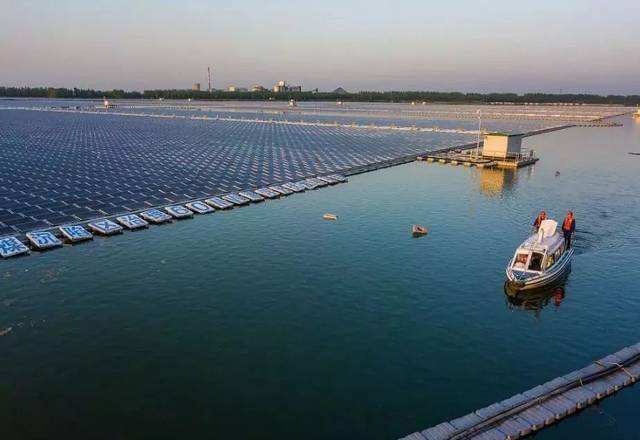So far floating solar photovoltaic systems has predominately been installed across the globe, especially in countries such as China, Japan and South Korea. On the other hand, SERIS, which is in charge of the world's largest floating photovoltaic test platform in Singapore, also reveals that a large number of FPV projects are presently under construction in India, France, Thailand, Vietnam, Singapore, Malaysia, the Netherlands and the United States.

Being deemed a new branch of the globe solar photovoltaic market, floating solar develops rapidly and is likely to be "the 3rd pillar" of the industry following rooftop and ground photovoltaics.
"Our goal is to share industry information and promote the dissemination of technological knowledge of this new market. In this way, we can ensure that global floating solar PV systems are installed in accordance with the latest good practices." said Dr Thomas Reindl, deputy CEO of SERIS. "Through consulting practices and the organization of the International Floating Solar Symposium (IFSS), we stand a good change of building and expanding the international community of floating solar. Plus, it is important to build confidence in FPV technology among interested parties. The development of FPV entails the trust of investors and lenders, who should also fully aware of the strengths and opportunities, as well as potential challenges and risks."
Celine Paton, senior financial analyst of SERIS, pointed out that do not directly compare floating photovoltaics to ground solar. "As far as floating solar PV is concerned, how much it costs for construction and operation primarily depends on different types of reservoirs and waterways, water depth and water level changes, and the floating structure." Paton explained. "Before bringing floating solar PV into force, it is vital to take into account technical factors and social context. In some cases, FPV may cost more than ground PV."
Dr Abhishek Kumar, a technical leader in the institute, also emphasized the importance of floating solar photovoltaics coexisting with the existing hydraulic power plants. "The dam and its reservoirs provide space for energy storage that is used to control hourly, daily and seasonal changes under irradiation conditions." He added. "It's also important to figure out to what extent the water cools those solar panels and how to get the maximum energy output, which rely on climate and environment as well as the design of the floating structure."
"Besides, operational and maintenance strategies must be considered when designing floating solar PV systems. Therefore, data collection and performance monitoring of floating PV projects in different climate zones will be key to understanding the competitive edge of floating solar photovoltaics." (Editor: Claire Jeawin)